Starr stood on the edge of the field and called to her horses. She looked left, then right, then called them again. On the third call, you could see them running toward her from a great distance. With my trusty Nikon in hand, I prepared to capture the moment. As I watched the horses, partially concealed in the tall grass, gently kicking dust up into the air, I regretted not bringing my 300mm with me and regretted more that I didn’t have an even longer lens.
I watched the horses galloping toward us. The horses made their way through the field, into the next and then to their feeding troughs. I debated back and forth which would be best – photo or video – and decided on photographs. I missed some shots I should have gotten. I was in awe of the majestic beauty of the horses muscles and legs moving in unison as they traversed through the gate, slowed down and trotted to their spaces.
The horses began eating, but one was missing. Starr called again for Gus, a horse she rescued from certain death a couple of years ago. She reminded me a bit of my grandma calling the cats in at night at home in New York, making sure everyone arrived safely. About fifty yards from me, Gus decided, “screw it,” and decided to just walk the rest of the way in.
Horses are sensitive to non-verbal communication and I did my best to display I was not a threat to them. I kept my distance, but continued to take photographs.
Whenever I am behind the lens, nothing else matters. I am focused on what I want to capture. The world around me, my PTSD, anxiety, depression, and whatever else is bothering me that day, just fades away. Getting a great picture is all that matters. I hoped the horses understood I was not a threat to them and they were not in any danger.
I’ve always been good at reading non-verbal cues, even in animals. I can tell all the different mews of my three cats and what each call means. I can tell by their behavior what they want. I’m not sure how I learned to do this, but, regardless of whether it is human or animal, I’m pretty good at it. The horses seemed to accept me, so I gradually got closer to them for more candid shots.
Max, one of Starr’s dogs, settled himself under Gus and ate the kibble that fell to the ground. When he saw me taking photographs, he ran over to me. After giving him head scratches, Max ran back to Gus and gobbled up a few more scraps.
After eating and getting some mint treats, Starr put out hay for the horses. They each have their own bucket and know which one is theirs. I made my way over to Sierra. She looked up from her hay at me and began to sniff me. I’m sure I had feline scent all over me, but she was likely also sniffing my scent.
Starr gave me two mints, which I gave to Sierra one at a time. She lowered her head and let me give her a quick scratch behind her ear before returning to her hay. Sierra dug around the bottom of the bucket searching for the sweet alfalfa that always falls to the bottom.
I slung my camera over my shoulder and picked up a curry comb. Starr was about ten feet away from me and showed me how to properly groom a horse. Grooming helps keep the horse healthy, creates a bond between human and horse, and allows the human combing the horse to spot potential medical issues.
Sierra didn’t mind me combing her. She continued to eat her hay. With each stroke of the curry comb, my mind calmed. The constant din that I continually push away every day to try to lead a normal life disappeared. It was just me, Sierra, and the smooth motion of the curry comb.
I had just met Sierra, but there seemed to be an inherent trust between us. My constant fear and hyper-vigilance dissipated. I didn’t think about being safe. I felt safe.
After using the curry comb on Sierra, I used it on Red Fox. I brushed his mane, which was snarled from the western Nebraska wind. Starr explained on some days she could comb their manes two or three times and the wind would snarl them up again.
A horse’s mane doesn’t seem like it would be warm, but I could feel a noticeable difference in temperature between where the mane had rested and the rest of Red Fox’s body. I cleared off as much of his winter coat as I could with the curry comb before he got bored and went over to Starr to steal some more mints.
I picked up my camera and took a few more pictures. Starr and I had some good conversations. It was relaxing and a relief to not have to talk politics or religion and just converse. We talked about horses, life, the joy of being away from the world, and spending time in nature.
As I slowly approached Gus, he saw me coming and started to move sideways away from me. I stopped walking. Starr explained he was still afraid of people after the trauma he had experienced before she got him.
There are stories and some scientific articles about how horses rely on their heightened senses for survival. I get that. I understand hyper-vigilance. It’s what I’ve been doing for four decades. Now that I knew Gus’ life story, I imagine he was hyper-vigilant, too.
I haven’t yet mastered emotional regulation with humans and in daily human activities, but I can read when an animal is anxious. I put my hands at my side and took several steps backward.
Starr redirected Gus and petted him to reassure him he was going to be okay. Although Gus was slightly agitated, Starr and I had remained calm. Horses also tend to react to and mirror the emotions of the humans near them.
While I was pleased she could calm him so quickly, it has taken a couple of years for Starr to get so close to him.
“When I first got him, he would go up the hill and stand in the corner of the field all day,” she said. She had worried he might never recover. He is. It just takes time and patience.
Sierra walked over to me, as if to say it was all going to be okay. She put her head directly in front of mine. I smiled and scratched her behind her ears. She let me groom her some more.
“Wow, she really likes you,” Starr said. I shrugged. Sierra was all right, too.
When I finished with the curry comb, I grabbed another brush to untangle Sierra’s mane. Whenever I hit a snag, I took my right hand and petted Sierra to let her know it was okay. My mom used to yank a brush through my curly hair when I was a little girl. Whenever it hit a snag, I yelped. I remember that pain well. I combed Sierra’s mane just like I do my cat, Puck, doing my best to not hurt them when a snarl arises.
Eventually, I could brush through Sierra’s entire mane with no snags. I put the brush down and petted her, and scratched her under her chin.
It was hard to believe, but three hours had passed. I could have easily stayed for three more. Sierra wandered over to the large water tank and took her fill. Then, she got down on the ground and rolled in the dirt. I smiled to myself. My only regret was I was not in front of Sierra to get the shot of her destroying all the work I had done.
Sierra stood back up and joined the other horses. Together, they slowly drifted away from Starr and me.
I put my hands in my pockets and left my camera slung over my shoulder. Sometimes, it’s just better to breathe, to watch, and take in the beauty around you.
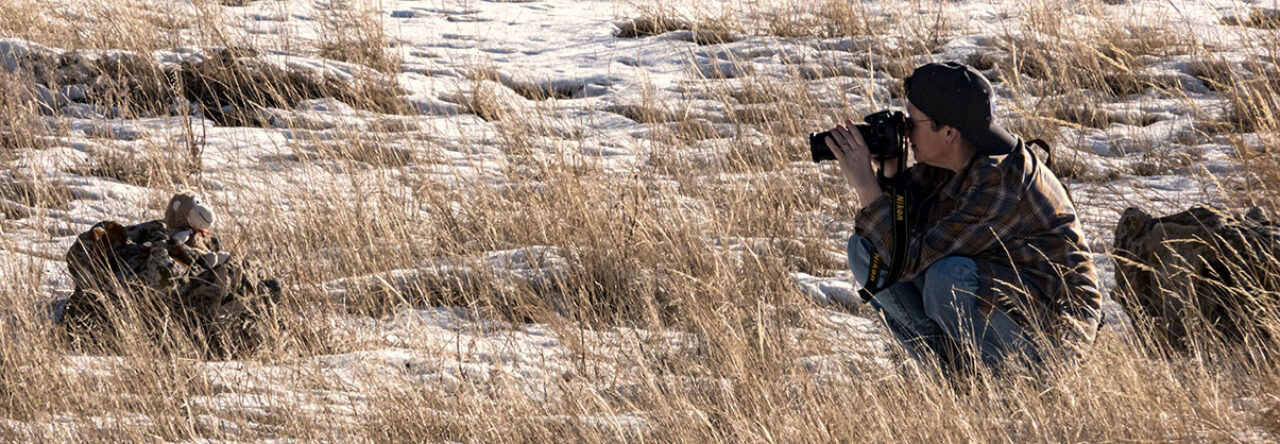
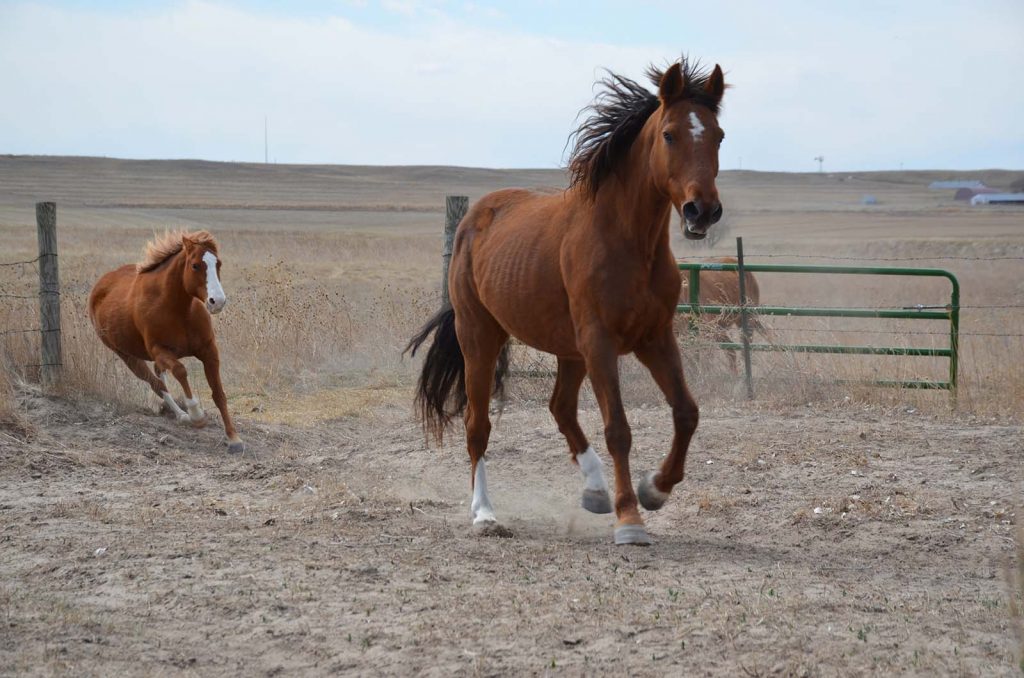
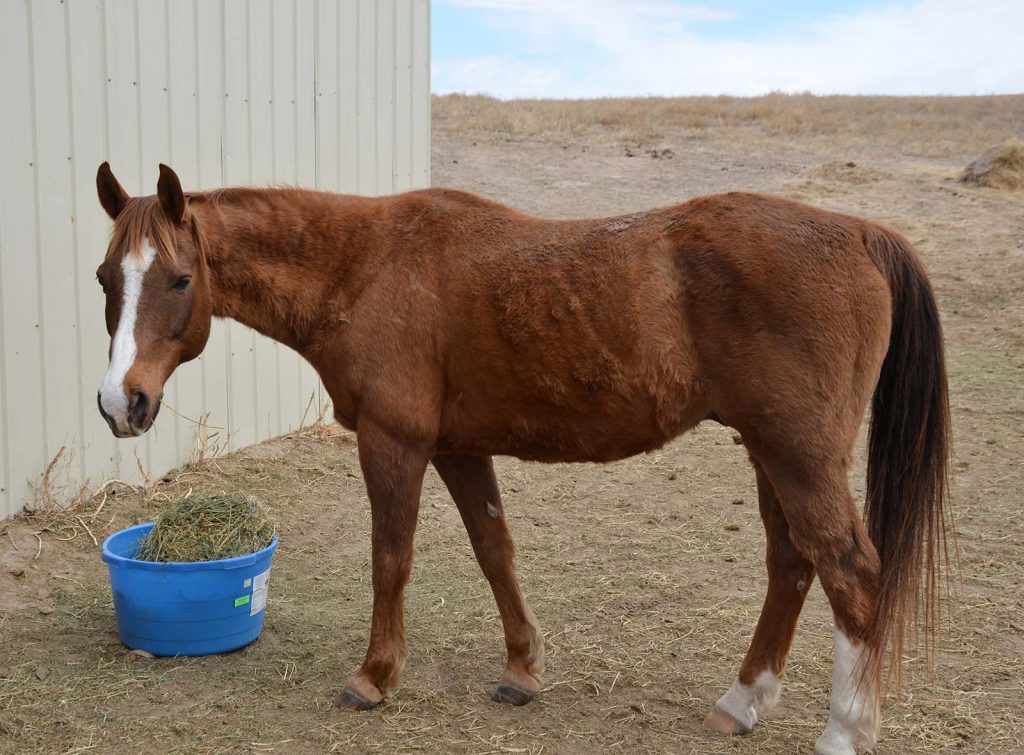
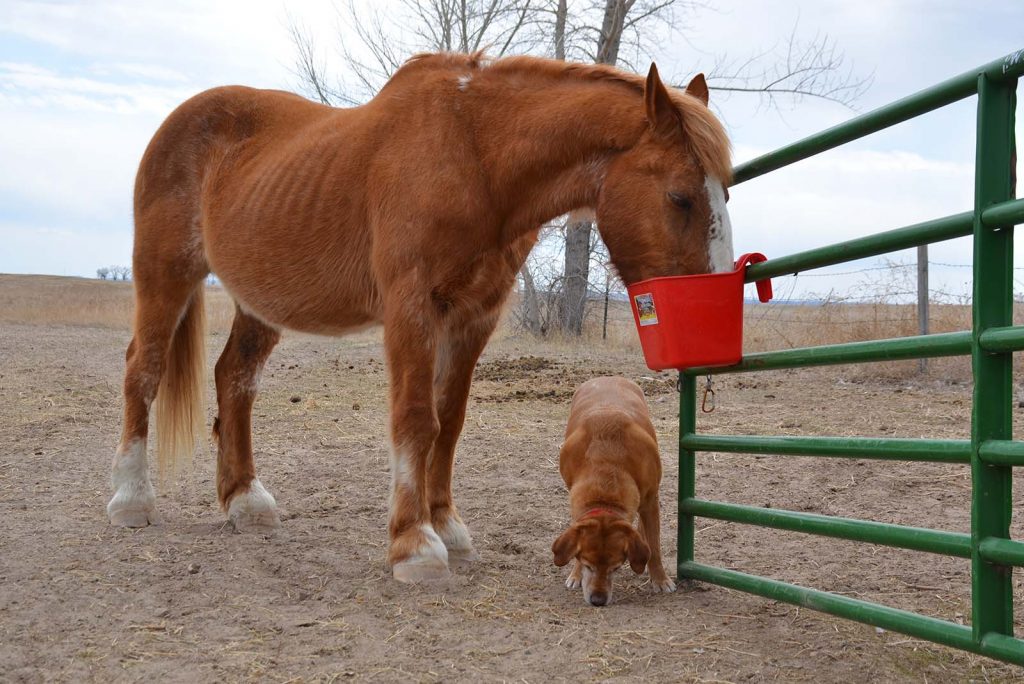
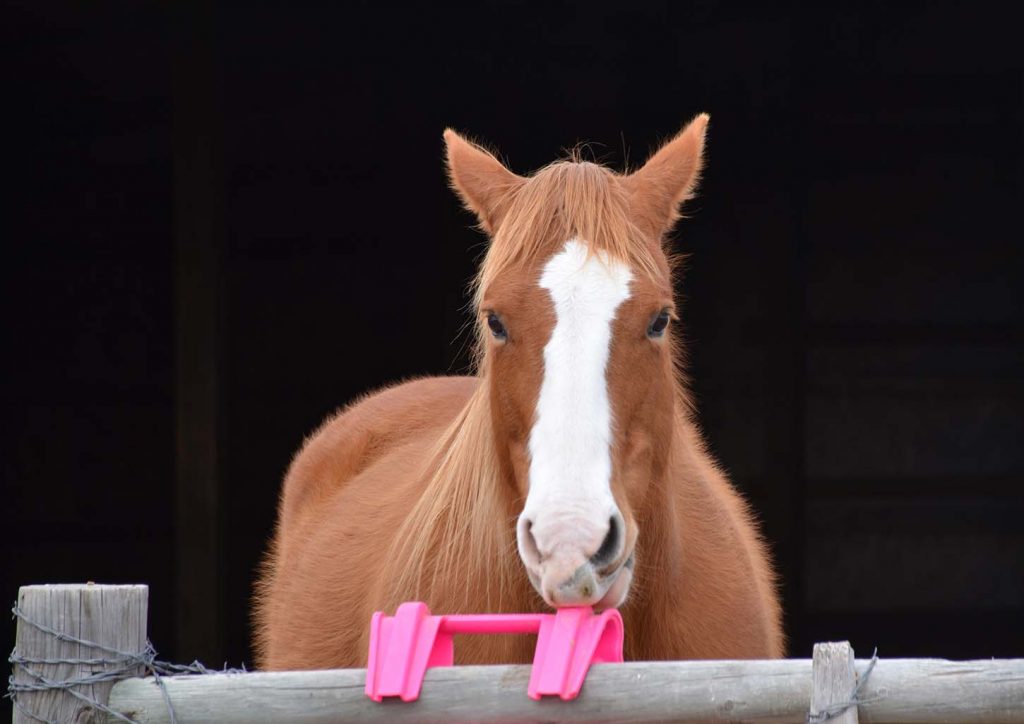

Starr
Oh, Irene – I love how you captured our time together, this is wonderful and you got all of the details exactly right. Thank you for coming out and let’s do it again very soon.